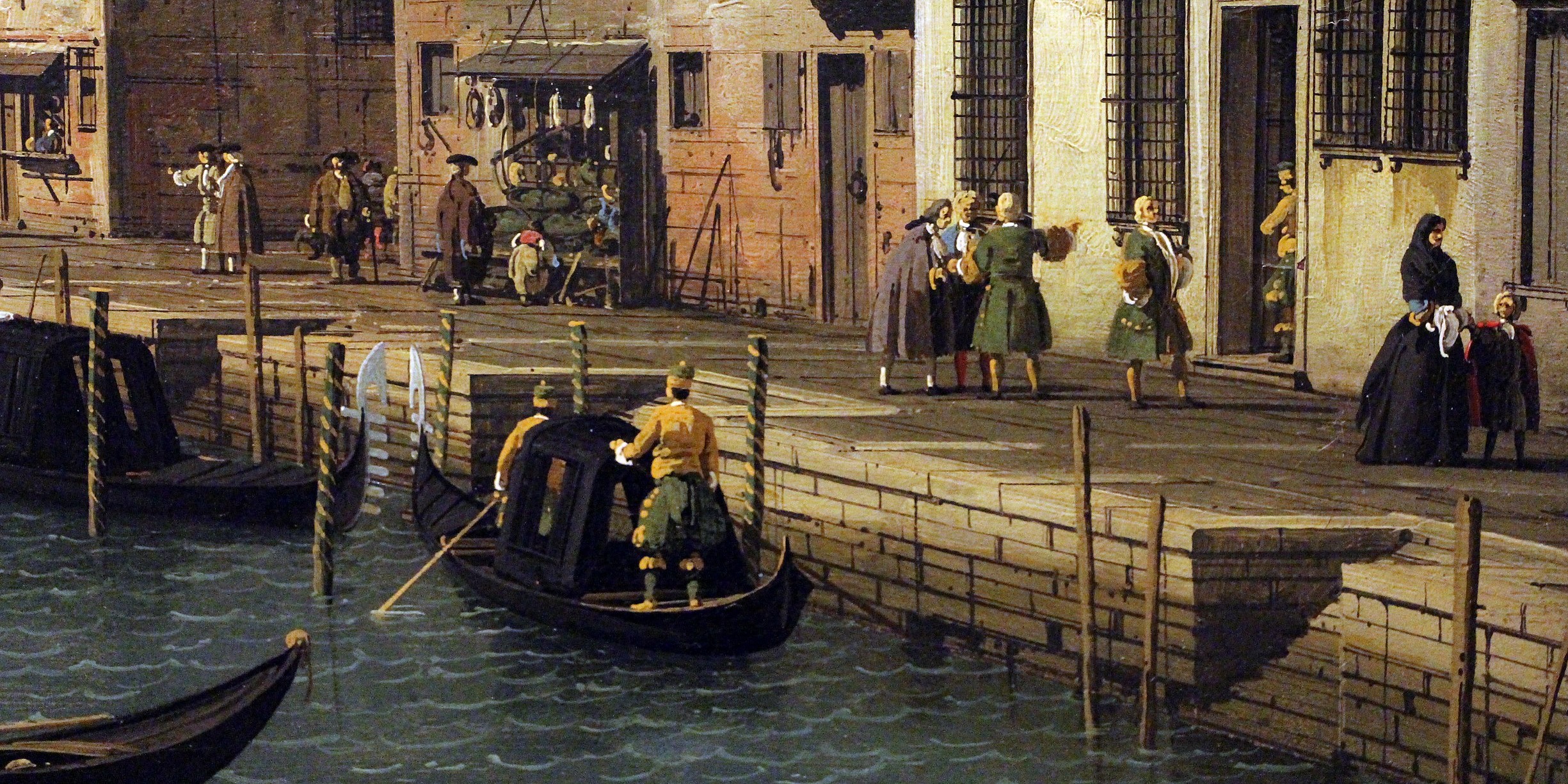by the editorial staff
When questioned by scholars rooted in fields other than art history, works of art give very interesting answers, sometimes more interesting than those that “pure” art historians manage to obtain. Treated not as exceptional objects, bearers of exclusive meanings, but as sources of information no more or less important than many others, they reveal themselves (and their authors) from unprecedented angles. Those who think so will appreciate the seminar entitled Reconstructing Level Changes and High Water in Venice Evidenced by Written Sources, Visual Arts and Urban Archaeology, given on 7th February by the physicist Dario Camuffo, Research Director at the CNR, Institute of Atmospheric and Climate Sciences, Padua. The link to the presentation: www.youtube.com/watch?v=OfN-oERnFec
Camuffo, an eminent climatologist and advisor to the main European institutions responsible for the environment and cultural heritage, describes the evidence provided by the paintings of those who painted glimpses of Venice, above all Canaletto, using the most reliable surveying instrument before the advent of photography: the camera obscura. The information on sea levels and tides provided by the sacred texts of Venetian painting is surprisingly accurate, and fully confirms the pessimistic predictions that have been made for some time in the wake of global climate change.
Camuffo also mentions cases in which Canaletto and Bellotto, the two Venetian painters most attentive to objective data in the 18th century, produced several versions of the same view. Camuffo’s thesis is that when the same subject is painted several times, we should not speak of originals and copies, but of multiple originals, the result of repeated discoveries. The examples cited are few, but the resulting indications are very convincing for those who put themselves in the perspective of the 18th-century artist and his professional ethics. Among the many other tidbits with which Camuffo supplements his climatological observations, those concerning the evolution of the venetian gondola over the centuries are also very interesting. The seminar lasts sixty minutes.
Homepage; Canaletto (Giovanni Antonio Canal called), View of the Santa Chiara Canal in Venice (detail), c. 1730, oil on canvas, 92 x 79 cm, Paris, Musée Cognacq-Jay (Sailko/Wikimedia).


